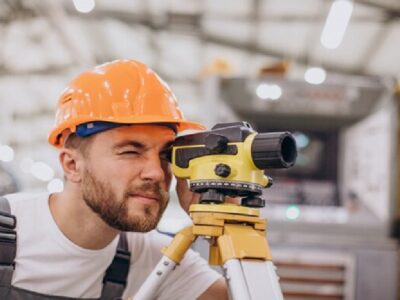Having access to the right types of machinery will make all the difference to the success of a self-build project. You should be looking for the best telehandler hire, along with the potential that telehandler attachments can bring you, opening up a whole new world of possibilities in terms of actions and tasks, without breaking your budget or taking up more time than is necessary. This is a look at self-build projects and how with a careful choice of attachments you can transform your approach to the entire site and project and find new ways to complete tasks and finish off areas of the build that astound and create a whole new dynamic.
What is a self-build project?
A project where you, as an individual, take on all the risk, where you can take on all the tasks, the costs, the procurement of equipment, machinery, and materials. A self-build project is one where you have the final say on every single detail, rather than paying a company to design, build, and make all the choices on your behalf. You’ll be responsible for finding the correct plot of land to work on, for putting together the designs and planning, gaining planning approval and permission, hiring architects, builders, and all other necessary contractors. If you want to, you can also operate all the machinery and perform all the tasks yourself too, but in most cases, self-build projects just mean project managing it on your own.
What plant hire might you need for a self-build project?
For a self-build project, you should be looking at the following pieces of plant hire equipment to help you be precise, safe, and dynamic in your approach:
Mini excavators
Ideal for tight spaces and limited access, these provide you with the perfect means to prepare the groundwork with power and flexibility, as well as the tools to move and remove debris, soil, and other materials around and off site during the project.
Telehandlers
Suitable for both indoor and outdoor applications, telehandlers provide you with great reach, flexibility, strength, and manoeuvrability. All of these things are crucial within a self-build project where every action counts. With attachments you can transform the project too, but we’ll come onto that later.
Dumpers
A fantastic way to remove materials and debris from the site, including soil, gravel, aggregate, pebbles, and more. They work perfectly well on rough and uneven terrain too and reduce the need for hard manual labour.
Rollers
Rollers help to solidify the ground and surface to create a garden or yard area around the structure being built. They are also fantastic to be used at the end of the project to tidy up different areas.
How do telehandler attachments change the game?
A simple attachment can make a world of difference to a telehandler, ensuring that you have the ultimate flexibility to perform a variety of tasks without the need to hire multiple machines and equipment to do so. Telehandler attachments include:
Fork extensions
Allowing for larger and bulkier lifting and carrying of materials through a greater level of strength and stability. For carrying and moving timber, steel beams, pipes, moving pallets and materials, this is the perfect attachment for a self-build project.
Tipping skips
Where there is construction site, there is waste. A tipping skip attachment is designed to hold and transport any debris in a safe manner, improving safety and efficiency on site and keeping everything clean and tidy throughout.
Truss
A truss attachment offers precision and reach at height, with a specialised job arm that is used to extend reach both horizontally and vertically. This ensures precision where roofing and framing tasks are being conducted.
Making the most of telehandler attachments from a trustworthy plant hire company will help you to deliver the best self-build project attainable.











Comments